Marine Phytoplankton Powder 50 gr
€26.00
These micro algae uniquely contain a wide amino acid spectrum and contribute to a complete vegan wholefood supplement. Marine Phytoplankton also contain rich sources of omega 3 fatty acids, B vitamins and essential trace minerals.
Marine Phytoplankton, also known as microalgae, are similar to terrestrial plants in that they contain chlorophyll and require sunlight in order to live and grow. Most phytoplankton are buoyant and float in the upper part of the ocean, where sunlight penetrates the water. Phytoplankton also require inorganic nutrients such as nitrates, phosphates, and sulfur which they convert into proteins, fats, and carbohydrates.
The two main classes of phytoplankton are dinoflagellates and diatoms. Dinoflagellates use a whip-like tail, or flagella, to move through the water and their bodies are covered with complex shells. Diatoms also have shells, but they are made of a different substance and their structure is rigid and made of interlocking parts. Diatoms do not rely on flagella to move through the water and instead rely on ocean currents to travel through the water.
In a balanced ecosystem, phytoplankton provide food for a wide range of sea creatures including whales, shrimp, snails, and jellyfish. When too many nutrients are available, phytoplankton may grow out of control and form harmful algal blooms (HABs). These blooms can produce extremely toxic compounds that have harmful effects on fish, shellfish, mammals, birds, and even people.
| Weight | 50 g |
|---|---|
| Dimensions | 17 × 3 × 21 cm |
Be the first to review “Marine Phytoplankton Powder 50 gr” Cancel reply
Related products
Algae
Chlorella Sorokiniana is one of the most nutrient rich plants under the sun. It is full of vitamins and minerals. Flavinoids and antioxidents. It is also rich in protein. It combines with heavy metals for a gentle daily detox. 250g 500 x 500mg
Algae
Spirulina Tabs Bio 250g 500 x 500mg Spriulina is the ultimate green food. It contains eleven vitamins, ten minerals and eighteen amino acids. The body more easily absorbs these nutirents in this natural form. It also contains omega 3 fatty acids and is full of antioxidants and proteins. Very suitable for vegans and veggies
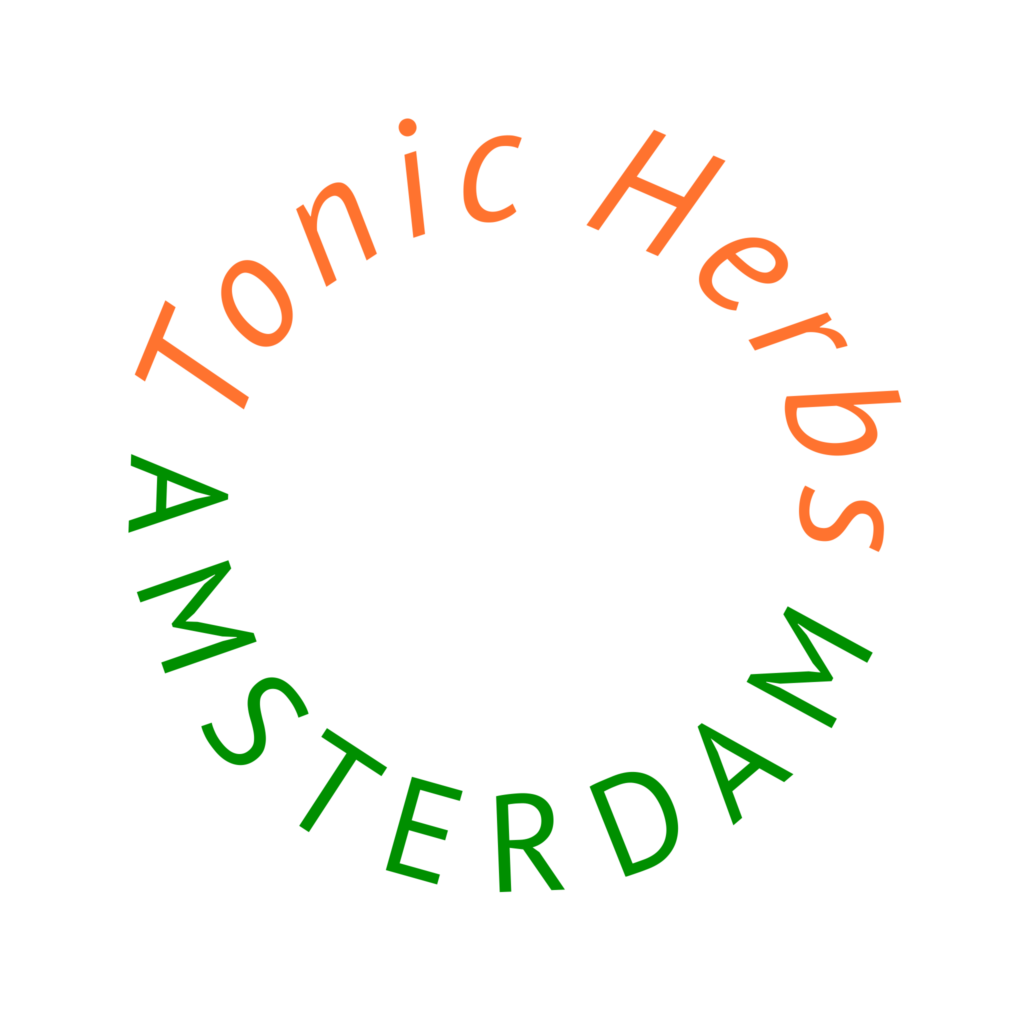
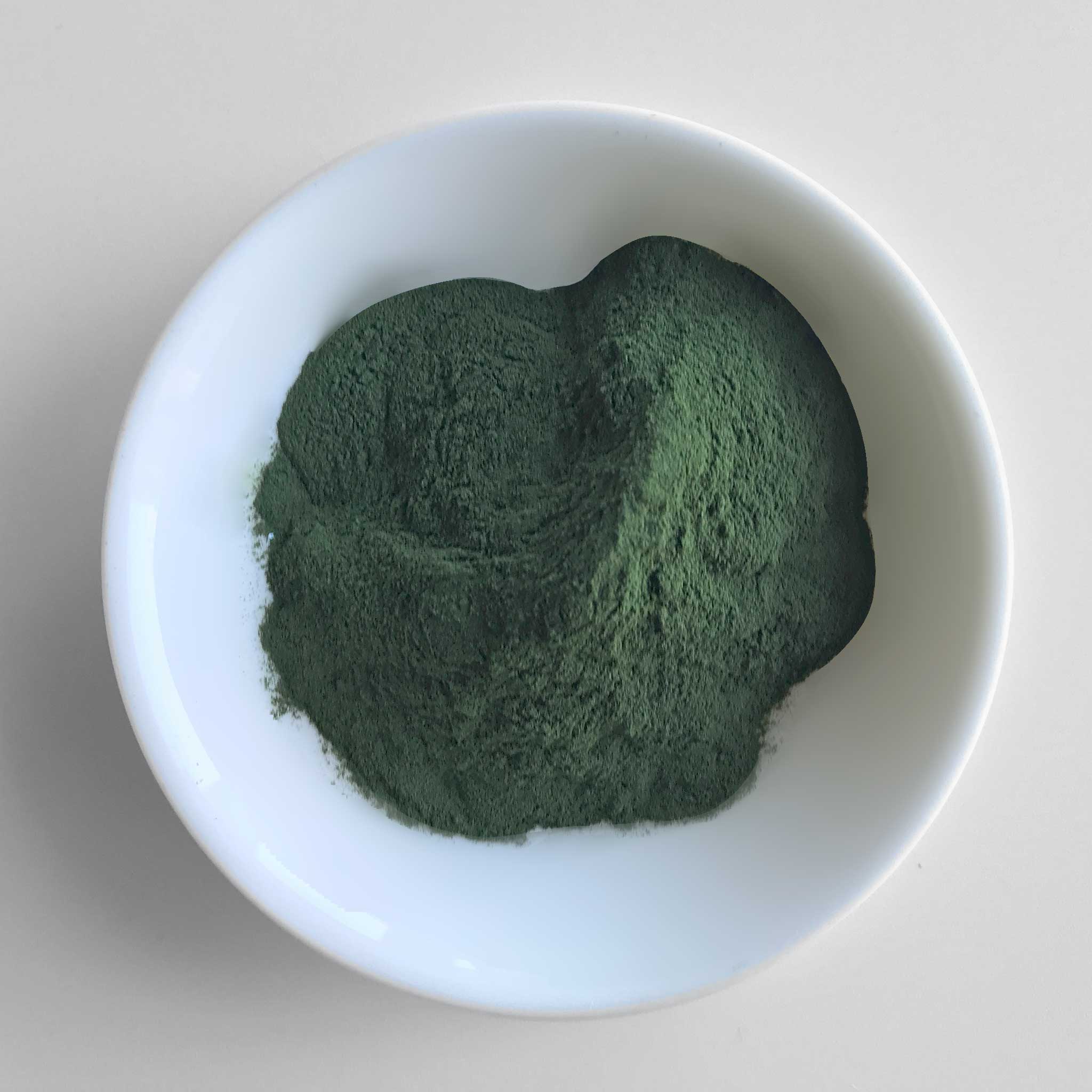
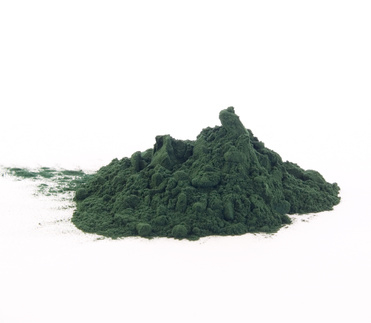
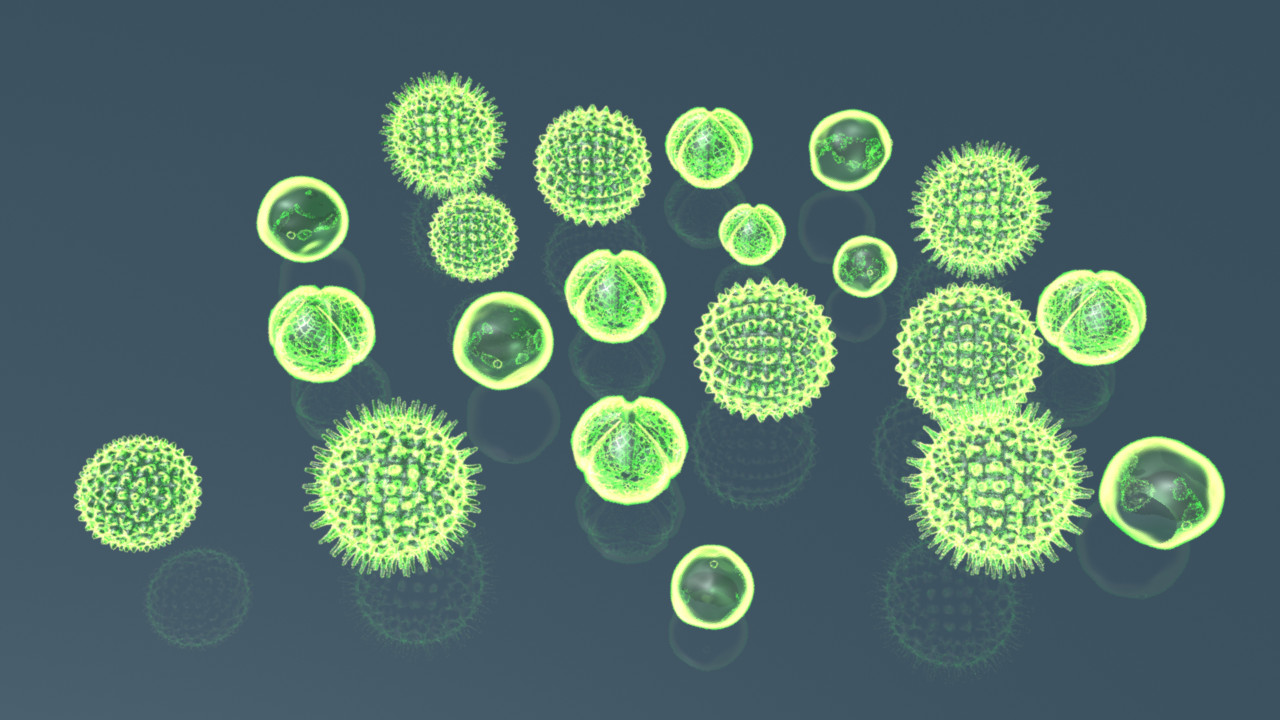

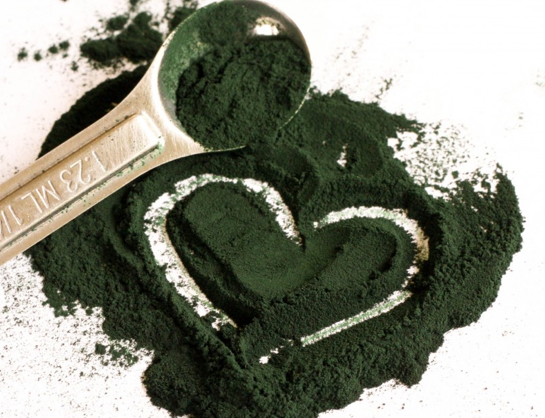
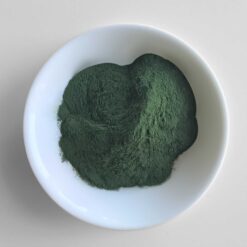
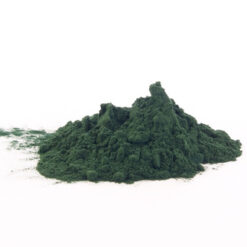
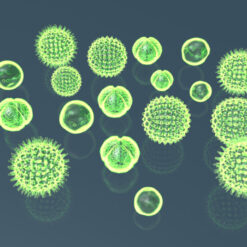
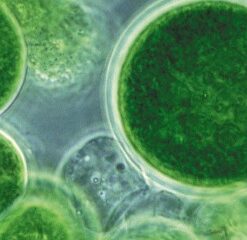
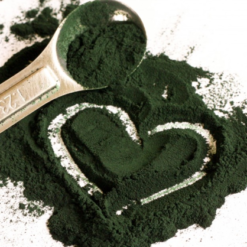
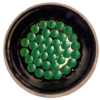
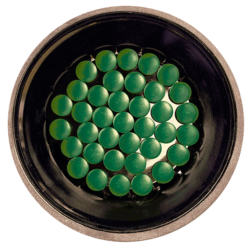
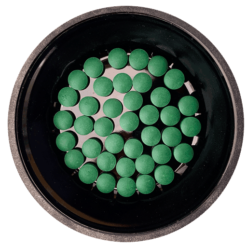
Reviews
There are no reviews yet.